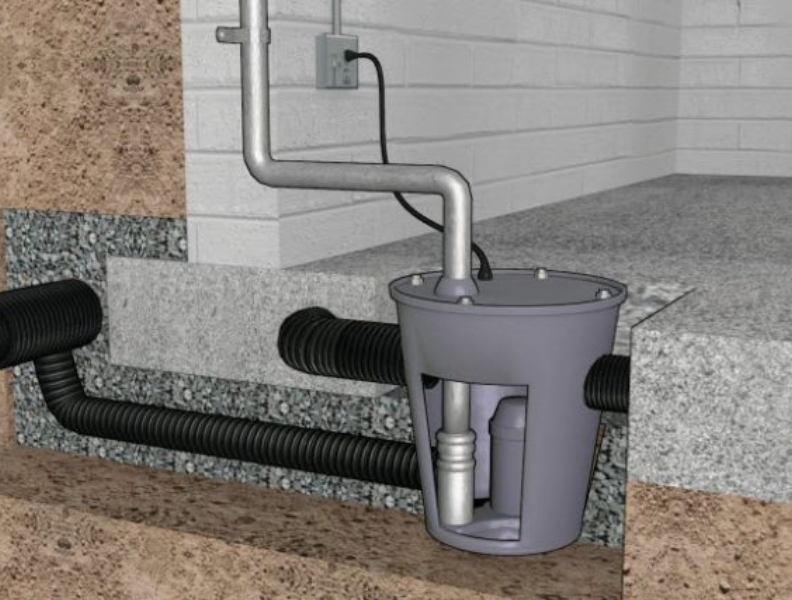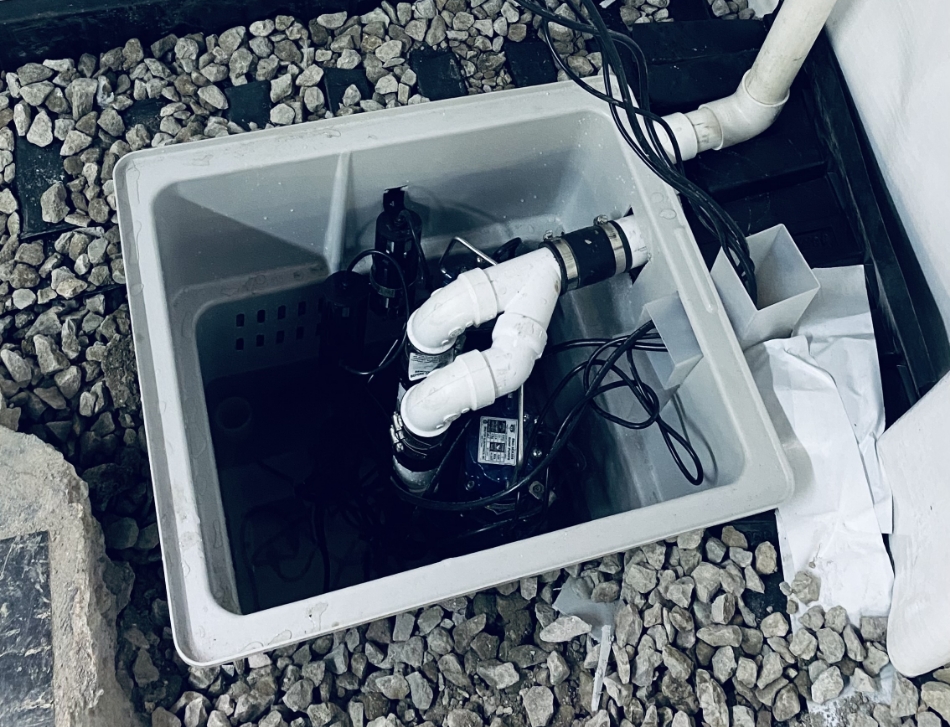
From the spring thaw in Kansas City to those intense summer thunderstorms we often see in Des Moines, Midwest homeowners know all too well the challenges of keeping water out of their basements. And one of the most common culprits behind a flooded basement – and the costly damage and mold that follow – is a sump pump that fails to do its job.
Whether you’re in Columbia, MO, or right here in Wichita, KS, making sure your sump pump is in top shape is the first step in protecting your home’s foundation and your peace of mind.
Think of your sump pump as your basement’s frontline defender against sneaky groundwater. But just like any hardworking system, it needs regular attention to stay effective. Here are the usual suspects behind a sump pump overflow:
The good news is that with a little proactive care, you can sidestep most of these problems and keep your basement dry.

Protect your basement and your wallet by following these key sump pump maintenance tips
That whirring sound should be consistent. If you hear unusual noises or the pump seems sluggish, it might be a clogged impeller. Always unplug the unit before carefully cleaning out any sediment or debris to ensure smooth water flow.
Take a look at the check valve on the discharge pipe. The arrow on it should be pointing away from the sump pump. This ensures water is directed out and doesn't flow back in.
Some sump pumps have a small weep hole to prevent airlocks. Make sure this tiny opening isn't blocked by gently cleaning it with something like a toothpick. Be careful not to break anything off inside.
Leaves, dirt, and random small items can interfere with the float mechanism. Periodically fill the basin with water to see if the float rises freely and triggers the pump. If it doesn't, it's time to call the professionals.
Especially here in areas like Wichita and Kansas City where severe storms are common, a battery-powered backup pump is a smart investment. It will keep your basement protected even when the power goes out. You might also consider exploring our Dual Pump Pack®, which offers both primary and secondary pump protection.
At Dry Basement® Foundation Repair, we understand the unique challenges Midwest homeowners face. We offer comprehensive sump pump repair and maintenance services across Kansas, Missouri, and Iowa. Our experienced team can handle everything from routine cleaning and inspections to expert backup system installation.
For ultimate peace of mind, we also offer our Dual Pump Pack®, a robust system featuring both a primary and a secondary pump, a reliable battery backup, and a discreet, flush-mounted lid.
Don’t wait until the next downpour to discover your sump pump isn’t up to the task.
Dry Basement® proudly serves homeowners in:
Schedule a free sump pump inspection today! Our local experts will provide you with tailored service based on our region’s specific climate and soil conditions.
Q: How often should I check my sump pump? A: We recommend checking your sump pump at least once per season, paying close attention before the spring and summer storm seasons.
Q: Is a battery backup really necessary? A: Absolutely. Given the frequency of power outages during Midwest storms, a battery backup can be the difference between a dry basement and significant water damage.
Q: What’s the average lifespan of a sump pump? A: With regular maintenance, most sump pumps will last between 7 and 10 years.